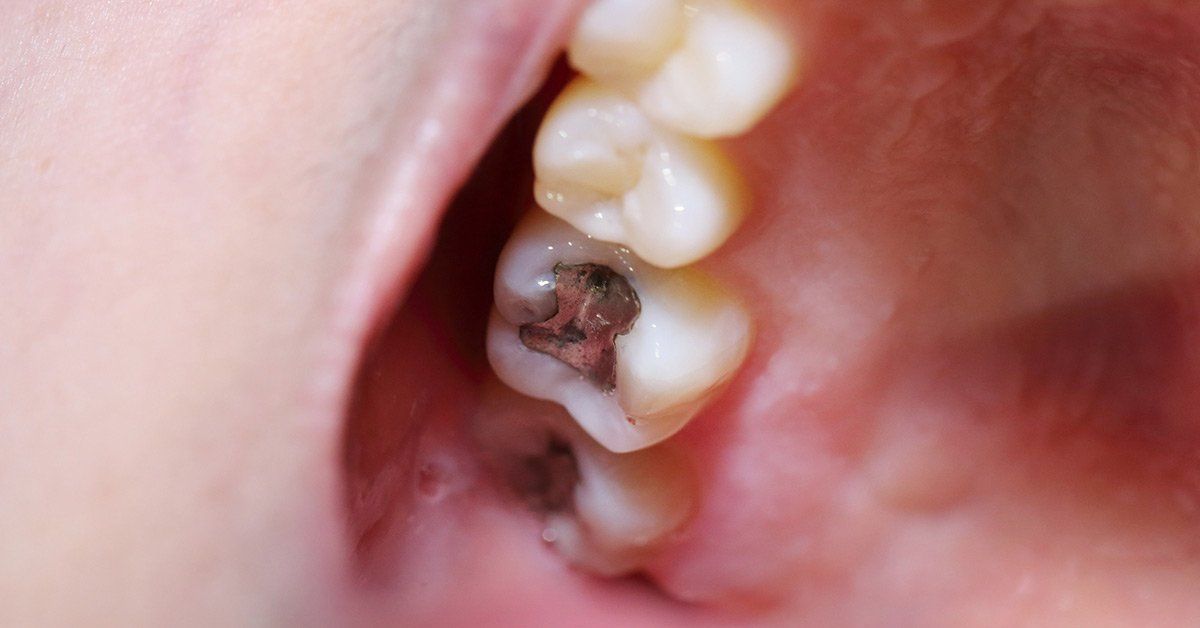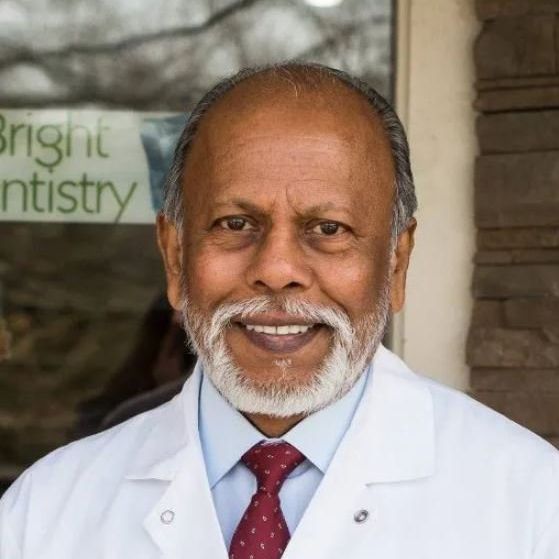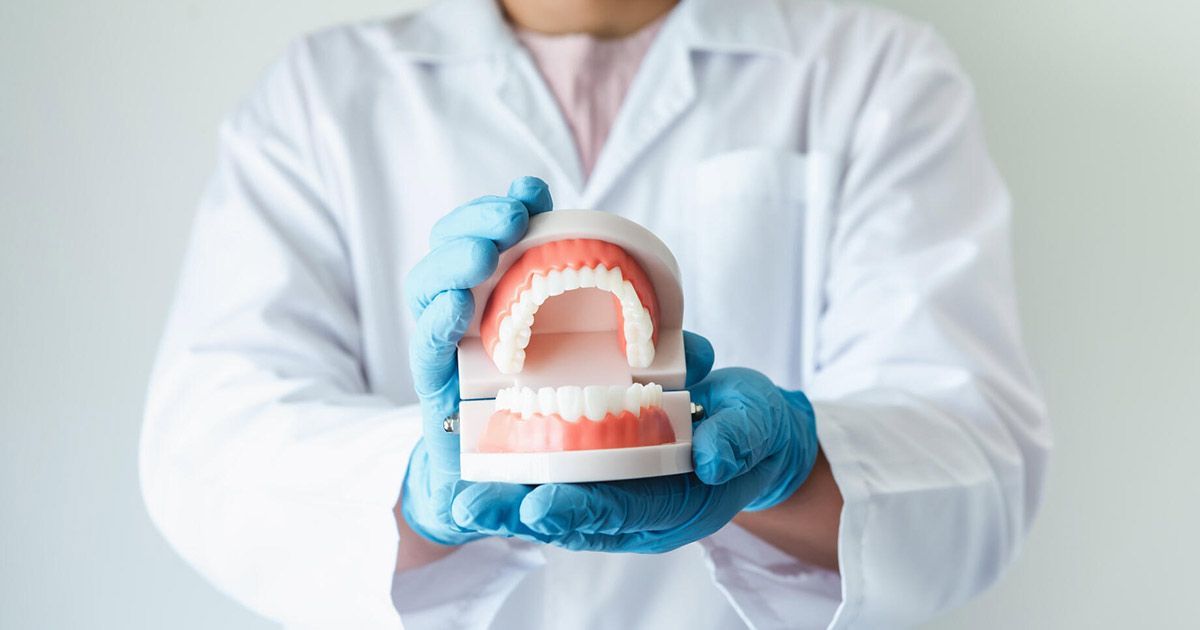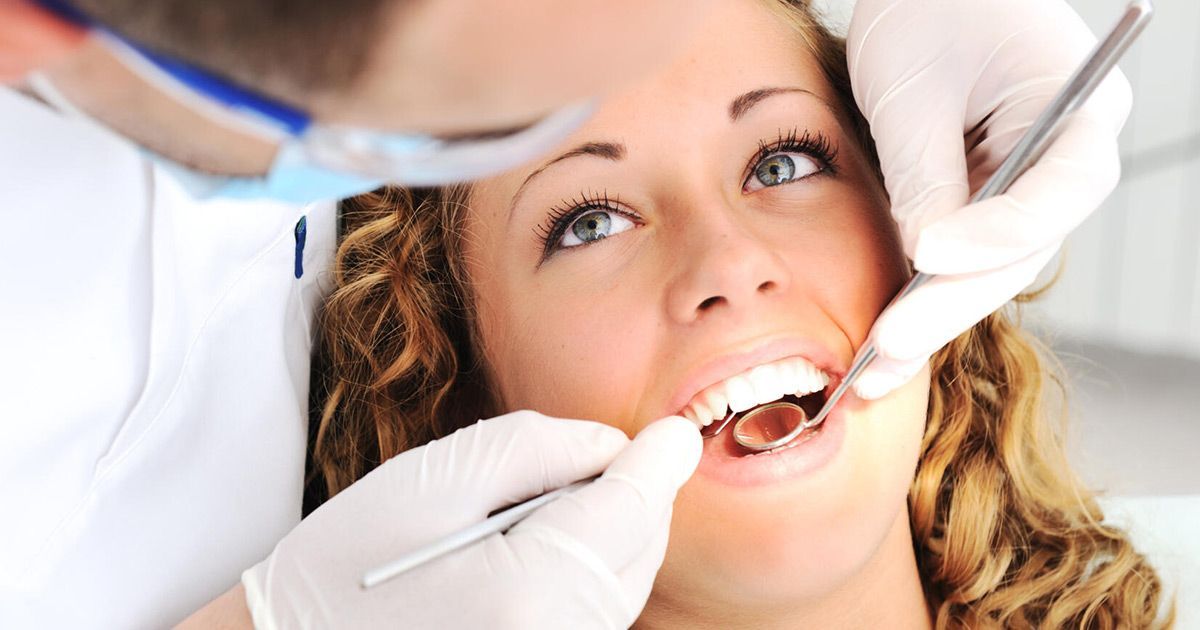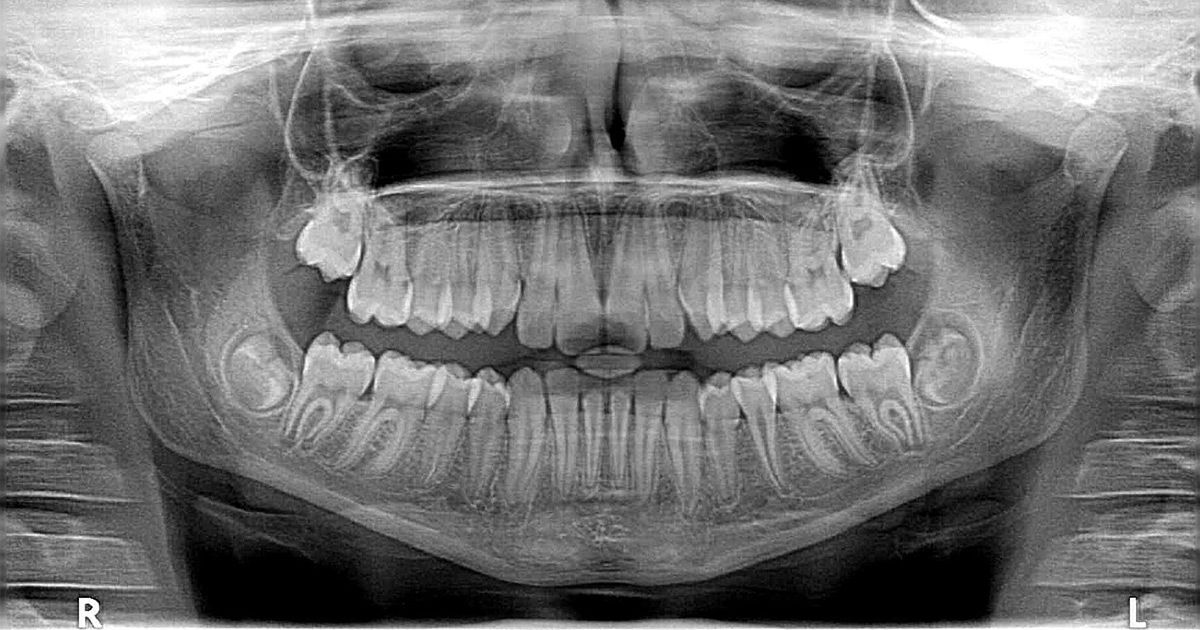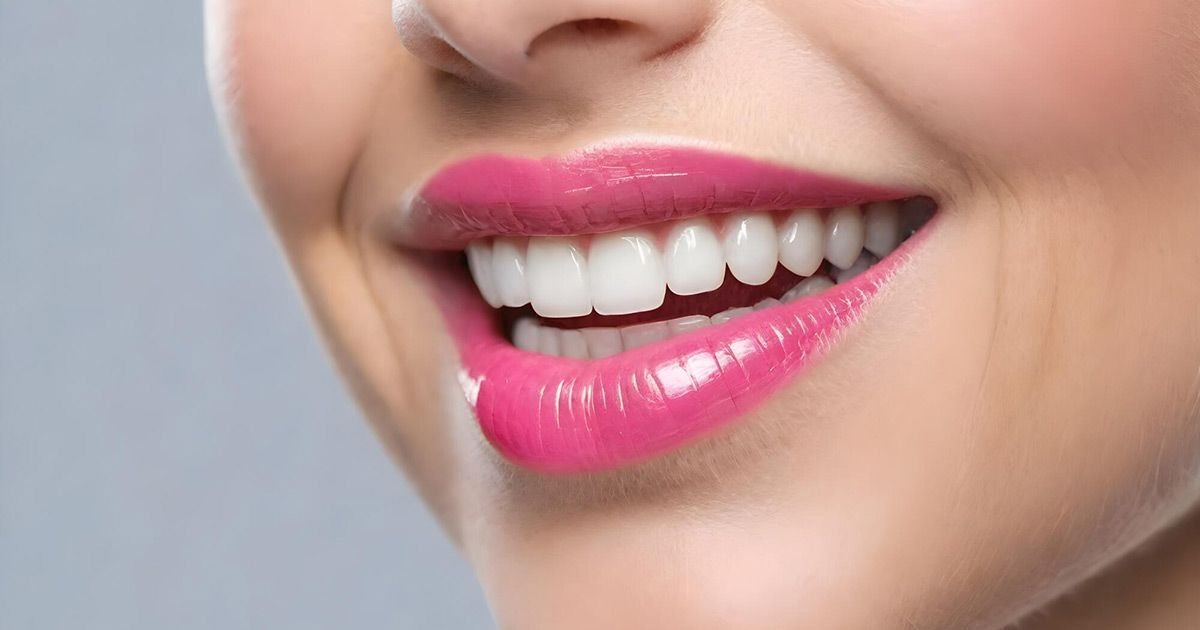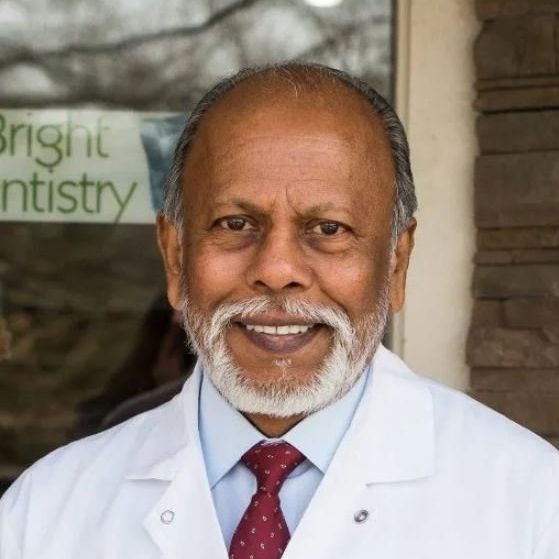Pain After Cavity Filling: What You Need to Know
Do you feel pain or sensitivity after having your cavity filled? What's normal and what's not? Here's all you need to know about pain after cavity filling.
Cavities are prevalent, especially among those who have a sweet tooth. Fortunately, cavity fillings are often affordable, accessible, and painless. But some patients may feel a little sensitive after a tooth filling.
While pain after cavity filling is typically mild, that doesn't mean it isn't bothersome.
Let's explore why you might feel tooth and jaw pain after a cavity filling and what you can do to put an end to those aches.
Is It Normal to Feel Pain After a Cavity Filling?
Whether or not you'll feel pain after a cavity filling depends on several factors. As such, post-filling pain can be tricky to predict.
Many individuals may be more prone to developing post-procedure aches and pains. Those who tend to experience pain after a cavity filling may:
- Have sensitive teeth
- Be suffering from gingivitis or periodontal disease
- Have an untreated tooth infection
- Have a tooth crowding issue
Of course, patients that cannot relate to these factors may still feel pain after a tooth filling. But to understand why we'll need to explore what a cavity is and how it's treated. Let's get started!
Why Might You Feel Pain After a Cavity Filling?
A cavity is a hole or area of deep decay within a tooth. Cavities form over time, and their most common causes include poor dental hygiene and an overly sugary diet.
As cavities worsen, they can begin to affect the inner parts of the tooth. You may experience pain if the damage extends to the tooth root and nerve. However, most cavities aren't painful.
This begs the question: Why do you feel pain after a cavity filling? Well, the answer is straightforward.
Mild pain after getting a cavity filled is usually the result of a change in pressure. After a filling, the piece of your tooth stripped away by bacteria has been replaced by a hard filling.
This changes the way air and saliva move across your tooth. Additionally, there may be more pressure on the gums and root nerve after a filling. An achy post-filling jaw should return to normal
within a few weeks at most.
Getting a Cavity Filled: What to Expect
As we briefly mentioned above, getting a cavity filled involves the use of a hard filling. This material helps to cover and fill the missing enamel caused by decay and corrosion.
But what are fillings made of? And how are they placed?
Tooth fillings can be made of a wide range of substances. Some of the most popular filling materials include:
- Gold
- Silver
- Porcelain
- Composite Resin
- Glass Ionomer
Generally, porcelain, gold, and silver amalgam fillings are the priciest materials, with tooth-colored composite resin being one of the most budget-friendly options.
To place this material, dentists first prepare the tooth. They'll apply a numbing gel or ointment along the gumline, then clean the affected tooth. In many cases, the dentist may shave away small bits of the tooth.
This procedure allows the filling to fit snugly in the cavity. The cleaning portion helps prevent infections and further decay. Once the site is ready, the dentist will adhere the filling to the tooth.
Any excess material gets sanded away, leaving a smooth, filled tooth. The entire procedure is virtually painless, though patients may feel pressure as the filling is applied and fitted.
Most people won't experience any pain at all after a cavity filling. However, the filling's added pressure can agitate your gums and teeth, causing some mild pain.
How to Relieve Pain After a Cavity Filling
Post-filling aches are typically mild. But this pain can still make everyday tasks challenging. Luckily, there are quite a few ways you can dull pain after a cavity filling.
Don't be surprised if your dentist doesn't hand you a script for heavy-duty pain killers. Post-filling pain rarely requires prescription medications. Instead, they may recommend one of several homeopathic solutions.
Some of the most common home remedies and recommended treatments include:
- Over-the-counter pain medications
- Cold compresses placed against the cheek or jaw
- An analgesic ointment to numb acute areas of the mouth
- Using a toothpaste designed to lessen gum and tooth sensitivity
- Avoiding hot and cold foods for several days
The best option for you depends on your precise needs and preferences. For example, some individuals may be unable to take common over-the-counter pain relievers.
Nonsteroidal anti-inflammatory drugs (NSAIDs) like ibuprofen and aspirin can produce unpleasant side effects, particularly in those with liver disorders. Let your dentist know if you have sensitivities to NSAIDs.
Other short-term treatments, such as cold compresses or analgesic numbing ointments, could be the smarter option for sensitive patients. Avoiding hard, hot, and cold foods may also help reduce pain.
You may also want to consider switching your toothpaste for a short while. Whitening toothpaste may make your smile brighter, but it can irritate your gums and make your teeth more sensitive.
If your pain increases, becomes intense, or lasts for more than one week, you'll need to contact your dentist and schedule
an emergency appointment. Such symptoms aren't typical and may indicate a more serious issue.
Preventing Future Cavities Is Crucial
Our diets contain far more sugar than they used to. Cavities are far more common today than ever before. Generally, getting a cavity filled is a painless procedure, but some post-filling pain isn't unheard of.
In most cases, over-the-counter pain relievers can help you bear any pain after cavity filling. Still, routine dental is crucial to preventing cavities, and it can help eliminate dental aches and pains. Request an appointment today!
Dr. Rohit Z Patel
D.D.S
After graduating at the top of his class, Dr. Patel continued his postgraduate studies in endodontics at Columbia University College of Dental Medicine in New York. He was appointed to assistant clinical professor of dentistry at Columbia University and later moved on to teach at the Montefiore Medical Center’s Department of Dentistry. Westchester Magazine recognized Dr. Patel as a “Top Dentist for 2012.”
Dr. Arpita Patel
D.D.S
Dr. Arpita S. Patel graduated with a DDS degree from the university College of Dentistry in 2015. Dr. Patel is experienced with an array of restorative dentistry procedures, including dental implants and many other treatments that can improve dental health, function, and appearance.
Dr. Yung Kim
D.D.S
Dr. Yung Kim is a double board certified Periodontist and board certified Prosthodontist, educated to treat many extremely complex disorders involving gum disease, tooth decay, and oral pathology. His focus is on full-mouth, complex, surgical, and reconstructive dentistry. He has extensive knowledge of implant dentistry and advanced surgical procedures, specializing in teeth in a day and All-on-Four implants. He is also Invisalign certified and experienced with CAD/CAM restorations and dentures.
Dr. Santvana Vyas
D.D.S
Dr Vyas attended NYU College of Dentistry and earned DDS in 2016 at the top of her class. She was inducted into Omicron Kappa Upsilon (OKU), the national dental honor society and earned Outstanding Achievement Award in study of Prosthodontics.
Dr Vyas is an active member of American College of Prosthodontics (ACP) and American Dental Association (ADA). She is appointed as a Clinical Assistant Professor at NYU College of Dentistry. She is married and is blessed with two sons.


